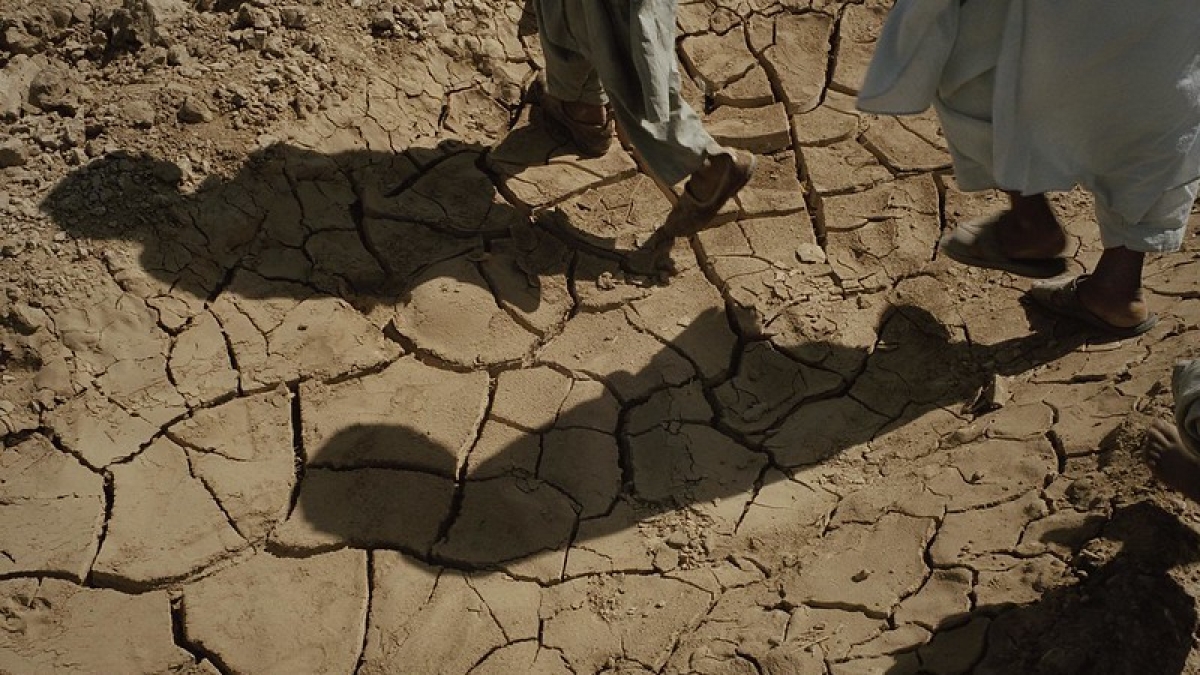The 17th of June is the World Day to Combat Desertification and Drought. Droughts are among the greatest threats to sustainable development especially in developing countries.
They are among some of the greatest threats to sustainable development, in not just developing nations but also developed states as well. Forecasts estimate that by 2050 droughts may affect over three-quarters of the world’s population.
This year, the theme of the International Day Against Desertification, and Drought is “rising up from drought together”, which emphasises the need of early action to avoid disastrous consequences for humanity and the planetary ecosystems.
This of course has already and will continue to have massive impacts on the state of Afghanistan. And whilst it is already a frequent and devastating phenomenon in Afghanistan, climate change is making it far more regular and more severe.
The current drought is worse and more widespread than the last one in 2018. According to the Afghanistan drought risk management strategy, by 2030, annual droughts in many parts of the country will likely become the norm, with weather prediction models warning of continued drought conditions in 2022.
With the warming of the planet the worst dry spell in two decades has gone alongside the implementation of the militant Taliban government. Climate change is expected to have sever effects on the country over the coming decades, with the ousted Afghan government and the United Nations projecting extreme temperature rises of more than 6 degrees Celsius, if global carbon emissions are left unchecked. As Afghanistan is one of the world’s poorest economies, and under the Taliban there has been a dislocation of billions of dollars of aid, this leaves Afghanistan more ill equipped than ever to combat the challenges of desertification and drought.
This year, according to the UN humanitarian response report, the country’s wheat crop will be reduced by nearly 2 million tons, and more than 3 million livestock are in danger of death due to lack of fodder and water.
As combination of climate change, Taliban's takeover and collapsing economy, over 20 millions of Afghans are in acute food insecurity and crisis (IPC 4 and 3). As a result, Afghanistan now has the highest number of people in emergency food insecurity in the world – this is a terrifying 35 per cent increase from the same time last year. More than one in two children under-five is facing acute malnutrition and will be at risk of death if immediate action is not taken. UNDP estimates that more than 90% of the Afghan population will fall below the poverty line in 2022 in a worst case scenario. This is an issue which needs to be immediately addressed for the safety of the people of Afghanistan, it is hard with the current Taliban regime, however every effort should be spared to assist the innocent people who continue to suffer under these extreme conditions.
